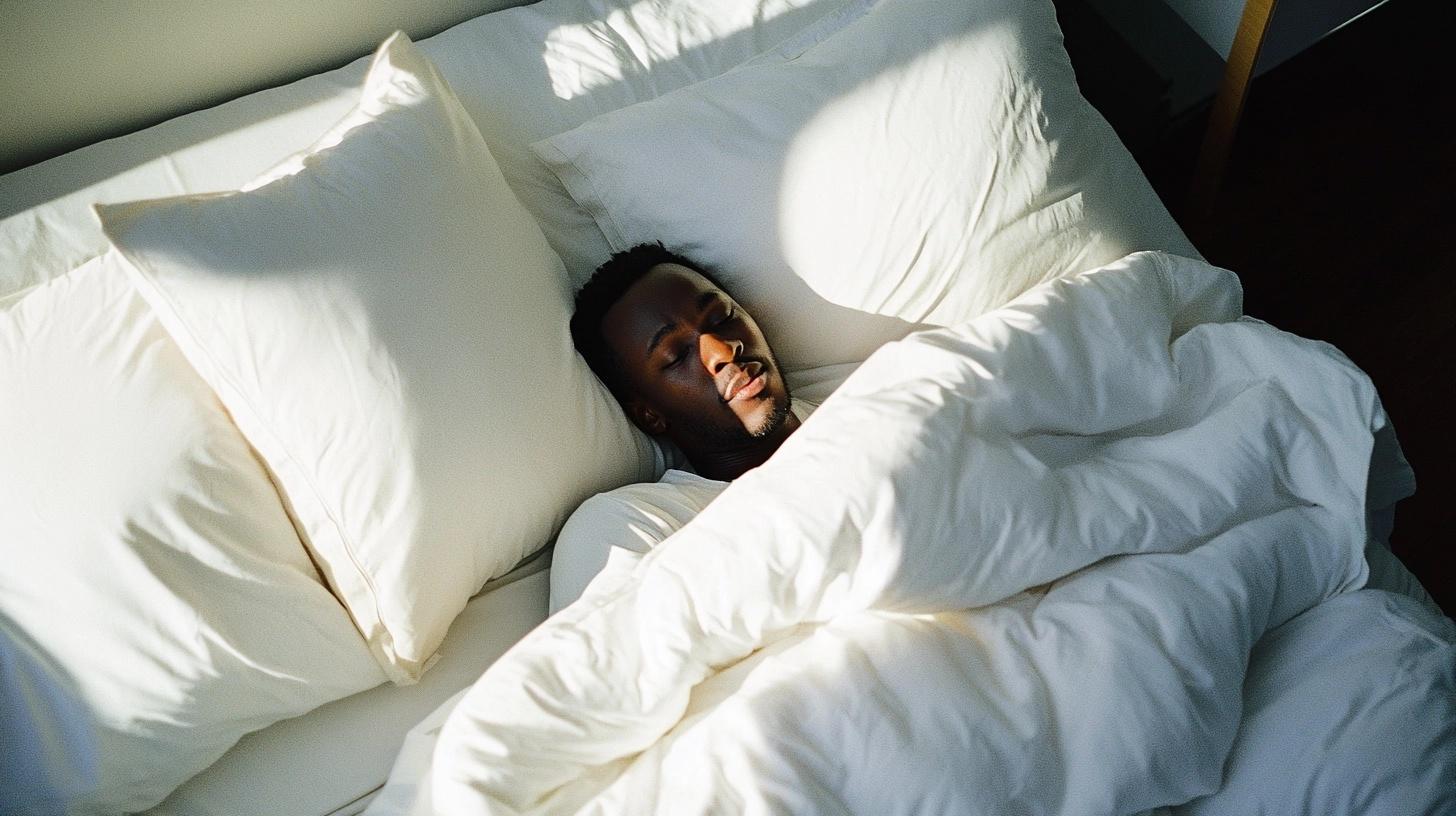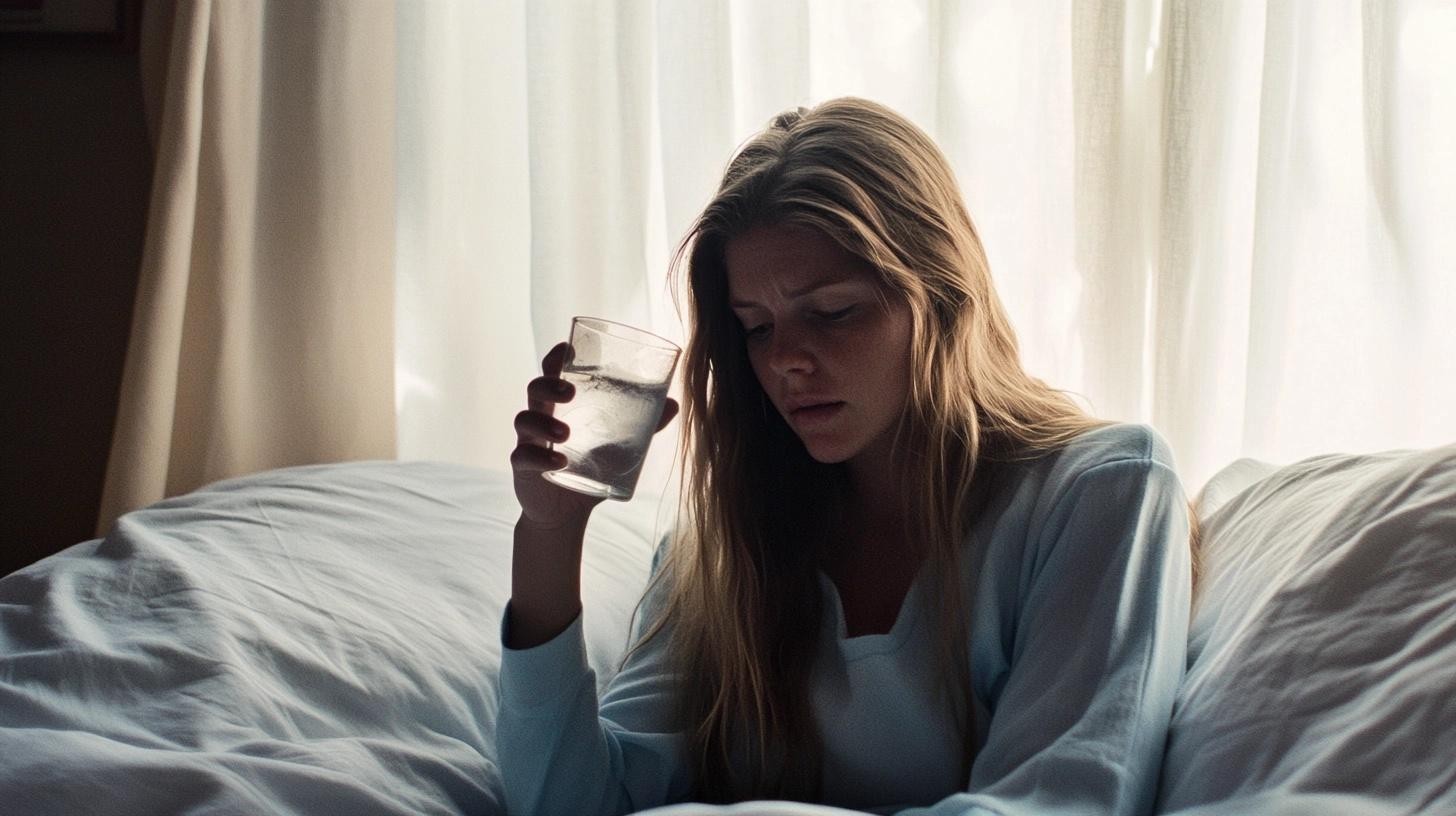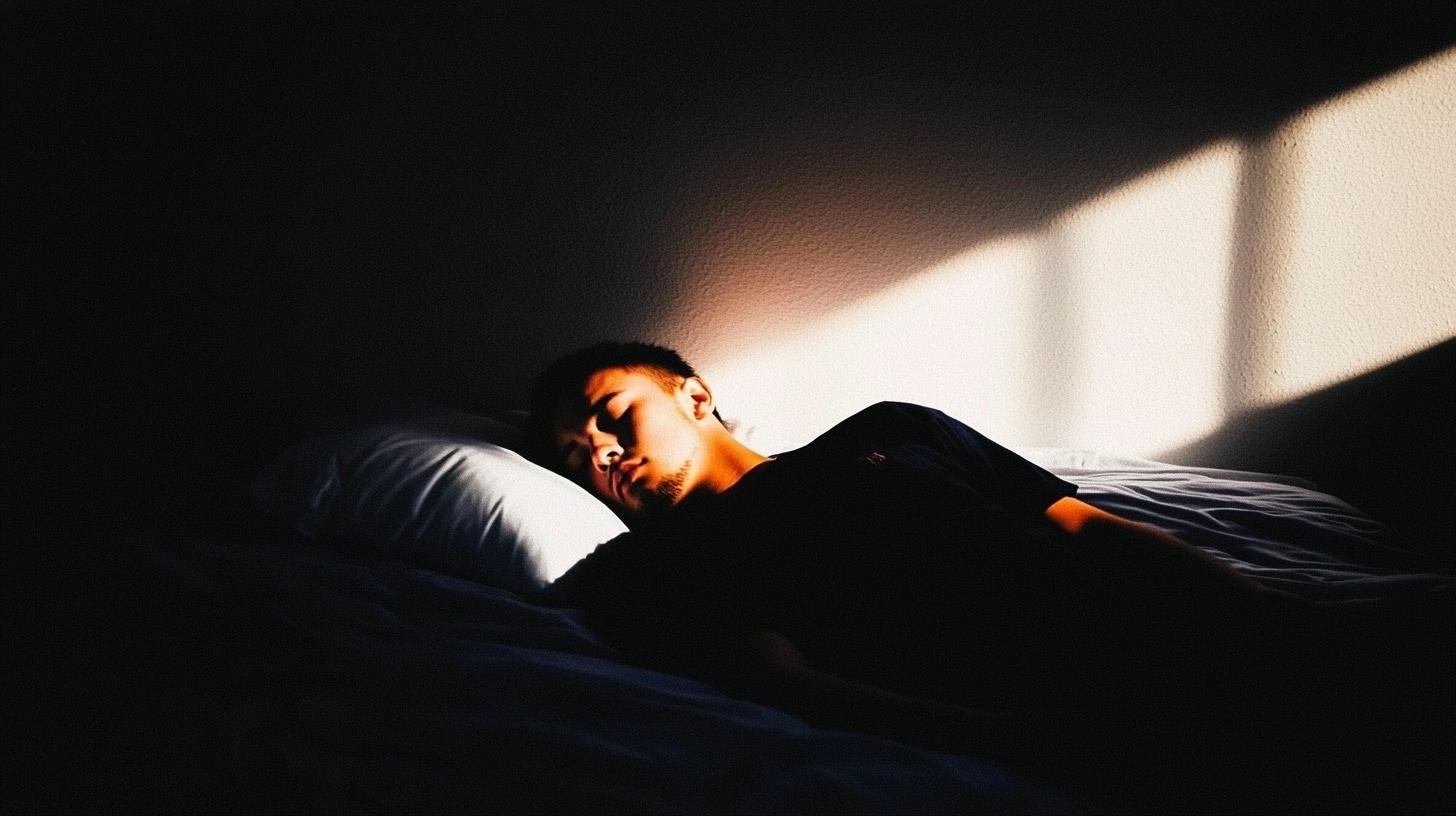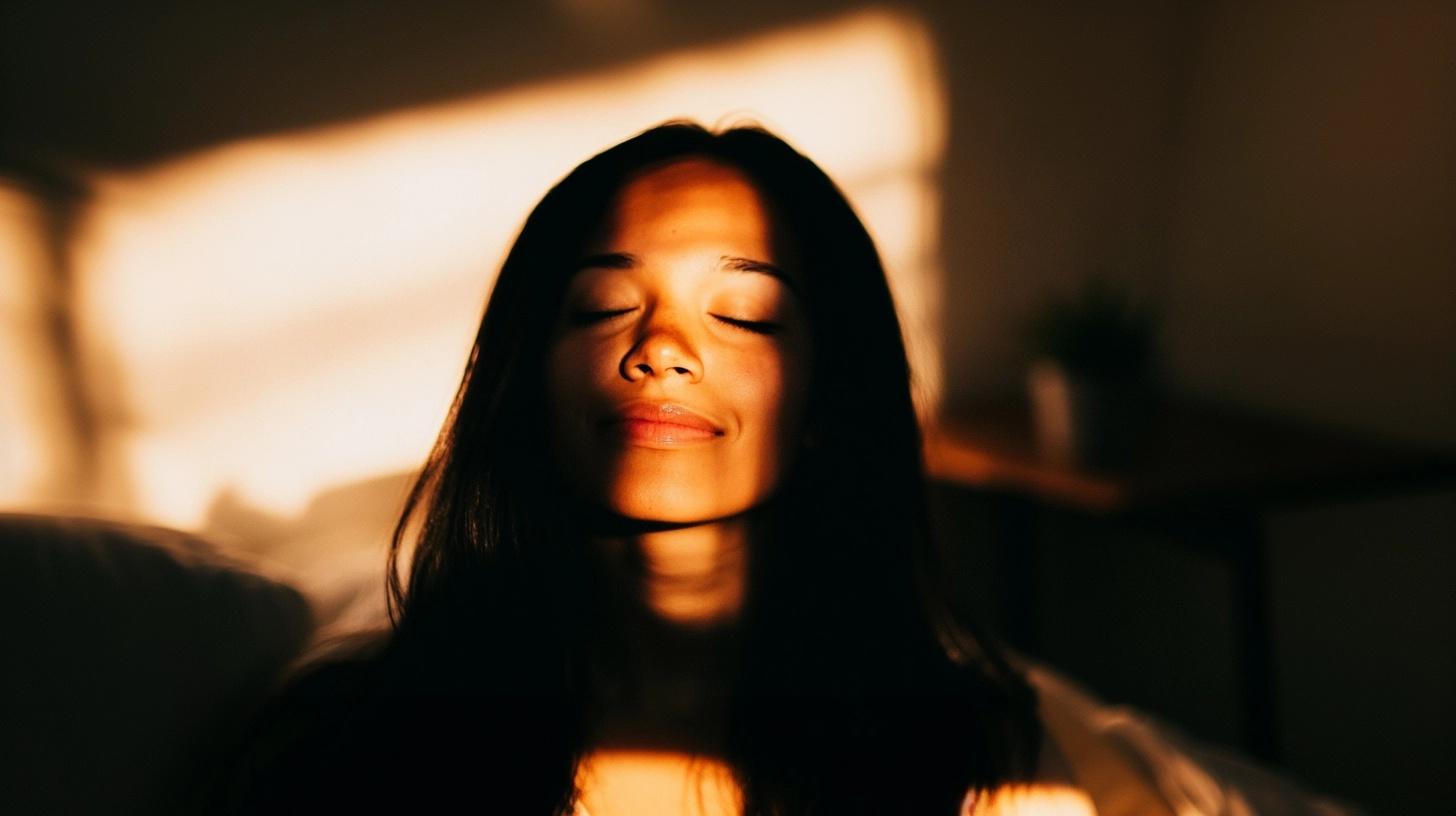Serious sleep hacks that really work
Published

For most of us, creating the right conditions for sleep is usually enough to ensure we get a good night’s rest. But what if these aren’t working? What do you do when you absolutely, positively have to get to sleep but can’t?
So you’ve taken a bath and drank your tea. You’ve found the perfect room temperature. Your bedroom is rich with the heady scent of lavender candles. You’ve watched a video of goldfish bobbing around in a tank for 30 minutes. But you’re still awake, you can’t fall asleep. Well, now it’s time to roll out the big guns and show you 4 sleep hacks that have worked and work for many.
1. The Military Method
Now don’t be alarmed. Despite the name, it doesn’t involve deployment in a war zone – although this is where it was first developed. During World War II, generals and other commanders were concerned by the fatigue and stress caused to their troops by sleep deprivation. Turning to the specialists of the day, a new technique was developed that combines physical and mental relaxation. Popularized in the book Relax and Win: Championship Performance by Lloyd Winter, it’s said that this method guarantees sleep in around 90 seconds. Why not give it a try? There are 7 steps to the Military Method.
All you need to do is:
- Relax your entire face
- Drop the shoulders to release the tension
- Let your hands drop to the side of your body.
- Exhale, relaxing your chest.
- Relax your legs, thighs, and calves.
- Clear your mind for 10 seconds.
- Repeat the words “don’t think” over and over for 10 seconds.
2. The 4-7-8 breathing method
Assuming you’re still awake, let’s take a look at another technique. This time, the focus is on breathing, and in particular creating a rhythm that will tip us over the edge into the realm of sleep. The 4-7-8 breathing method is a simple 5-step procedure that requires you to:
- Part your lips slightly and make a whooshing sound as you exhale through your mouth.
- Close your lips and inhale silently through your nose. Count to 4 in your head.
- Then hold your breath for 7 seconds.
- Exhale for 8 seconds.
- Complete this cycle for four full breaths.
3. Work that body – Progressive Muscle Relaxation
Let’s look at a practice known as Progressive Muscle Relaxation. The idea behind PMR is to tense (without straining) different muscle groups and then relax. Using this method, you work your way through the body until the desired effect – sleep – is achieved. Sounds easy, doesn’t it. Here’s how it’s done:
- Tighten the forehead muscles by raising your eyebrows as high as possible for 5 seconds.
- Relax these muscles immediately and feel the tension drop. Pause for 10 seconds.
- Smile widely to create tension in the cheeks. Hold for 5 seconds then relax.
- Pause for 10 seconds.
- Squint with your eyes shut. Hold 5 seconds. Relax.
- Pause 10 seconds.
- Tilt your head back slightly so you’re looking at the ceiling. Hold 5 seconds. Relax as your neck sinks back into the pillow.
- Pause 10 seconds.
- Move systematically through the body – shoulders, triceps, chest, stomach, hips, thighs, calves and feet – applying the same tense / relax principle described above.
4. Your soundtrack for falling asleep
Finally, beyond methods and techniques, this sleep hack is one of our favourites. What about listening to relaxing tunes or bedtime stories to help reduce stress? Some studies have concluded that sleep music, with a rhythm of about 60 beats a minute, can help you fall asleep – as your heart rate will move toward that 60 beats per minute range needed to get into the sleep zone. On the other hand, bedtime stories are not only for kids anymore. Listening to stories can help us relieve our busy brains and put our attention into something more peaceful. With Sleep Cycle’s Sleep aid library of meditations, music, soundscapes and sleep stories, our content helps people gently drift into sleep. You just need to:
- Download the app for free
- Go into the app and select “Sleep aid” at the top of the screen.
- Browse through our library with plenty of bedtime stories, sleep music and even sounds and ASMR.
- Select that soundtrack that will help you fall asleep (and don’t forget to set your smart alarm and track your sleep).
So there you have it. From the tip of your toes to the top of your head, you have some great sleep hacks to get you started – or rather, get you to sleep. Sweet dreams!
PS – Looking to take a power nap rather than a full eight hours? Check out our guide to power napping here. Or, if you are a student, check our top 9 sleep hacks for students.






